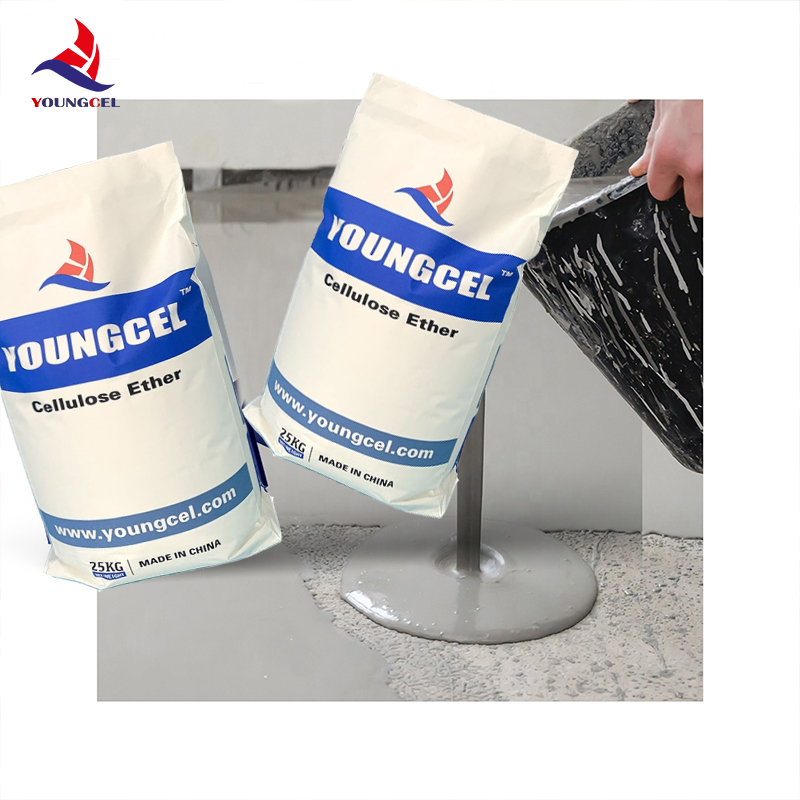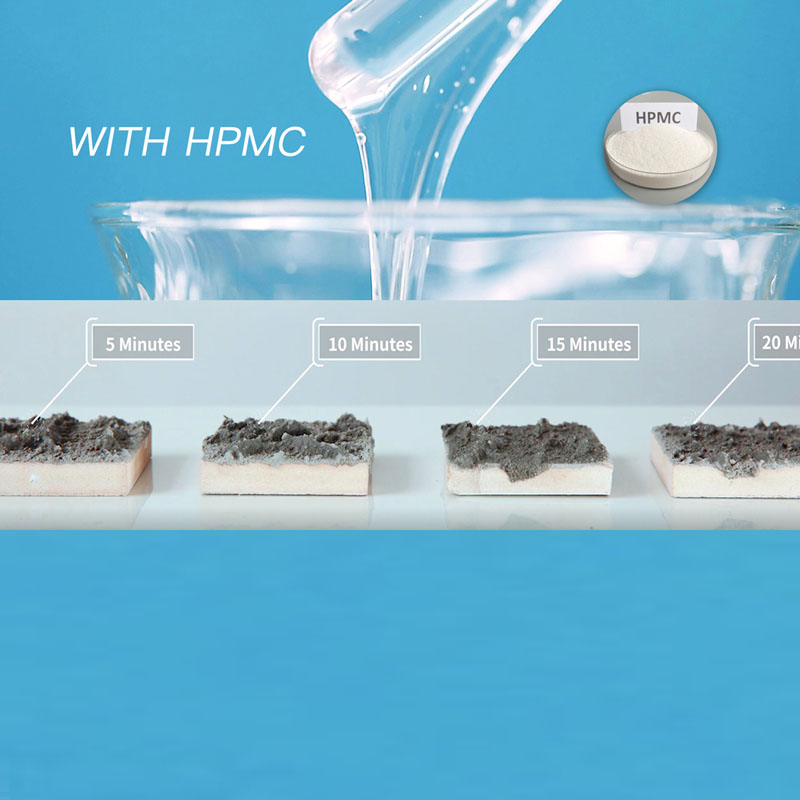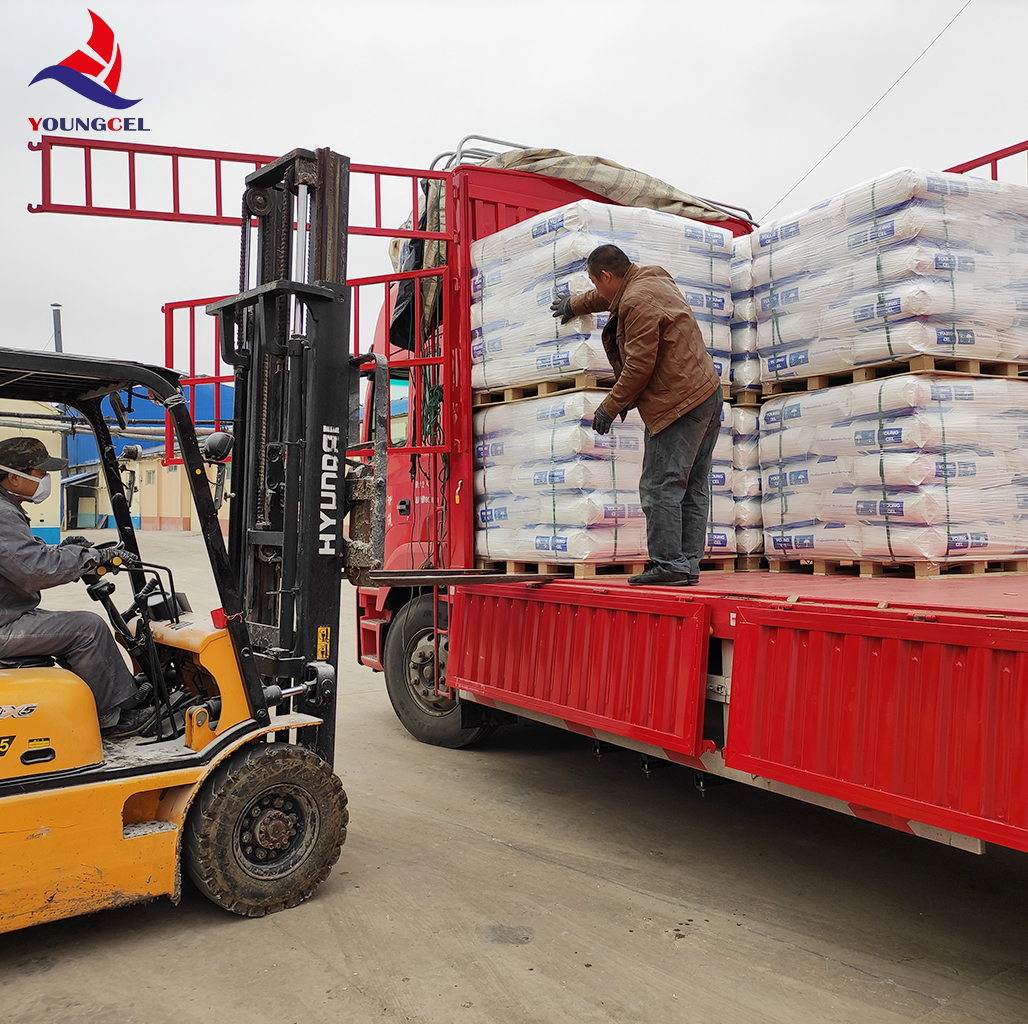Industrial-grade HPMC at 200,000 mPa·s: what the market’s really buying
I’ve handled enough jobsite samples and lab sheets to know when a cellulose ether is dialed in. The High viscosity 200000 HPMC powder industrial grade hydroxypropyl methyl cellulose ether sits firmly in that “gets-things-done” category—especially for tile adhesives, gypsum plasters, and putties that need open time, anti-sag, and smooth trowelability without drama. Origin: No.1 Shifu East Road, Gaocheng District, Shijiazhuang, Hebei, China. CAS: 9004-65-3.

Trends and where this grade fits
Contractors keep asking for higher water retention with less slump. Regulations are nudging low-VOC formulations; polymer binders are getting leaner; hot climates aren’t letting up. In that mix, High viscosity 200000 HPMC powder industrial grade hydroxypropyl methyl cellulose ether offers reliable yield and workability. Many customers say they can reduce latex dosage a touch and still hit EN 12004 C1/C2 metrics—your mileage may vary, but it tracks with what I’ve seen.

Key specifications (typical)
| Parameter | Typical value | Test method |
|---|---|---|
| Appearance | White, free-flowing powder | Visual |
| Viscosity (2% sol., 20°C) | ≈200,000 mPa·s (±10%) | Brookfield RV, ISO 2555 / ASTM D2196 |
| Moisture | ≤5.0% | 105°C oven |
| Ash | ≤1.5% | Muffle furnace |
| pH (2% sol.) | 5.0–8.0 | pH meter |
| Methoxy / Hydroxypropyl | 19–24% / 4–12% | Titration |
| Gel temperature | ≈62–75°C | 2% solution |
| Residue (80 mesh) | ≤2% | Sieve |
| Water retention in mortar | ≥95% (real-world may vary) | ASTM C1506 / EN 1015-8 |
Process, QC, and service life
Materials: refined cellulose, NaOH, methyl chloride, propylene oxide, isopropanol system. Method: alkalization → etherification → neutralization/wash → drying → milling/sieving → QA.
Testing includes viscosity (ISO 2555), moisture, ash, substitution levels, and mortar performance (flow per ASTM C1437, water retention ASTM C1506). Shelf life: 24 months sealed, dry and cool. Pack: 25 kg multiwall bags. Certifications: ISO 9001/14001; REACH/RoHS statements available on request, which—trust me—specifiers like to file away.

Applications and advantages
- Tile adhesives (EN 12004 C1/C2): anti-slip, open time extension ≈10–20 min.
- Gypsum plaster/skim coat: creamier spread, reduced pinholes.
- EIFS/insulation mortar: sag resistance on vertical lifts.
- Paints/coatings: stable viscosity build, splash reduction.
- Liquid detergents: thickening and suspension—though I’d pilot at 0.2–0.5% first.
In fact, High viscosity 200000 HPMC powder industrial grade hydroxypropyl methyl cellulose ether is a bit “too grippy” for self-levelers—choose a lower-vis grade there. But for trowel-applied mortars, it’s kind of the sweet spot.

Vendor comparison (field-notes style)
| Vendor | Viscosity consistency | Certs | Lead time | Customization | Tech support |
|---|---|---|---|---|---|
| Youngcel (Hebei, CN) | Tight (±5–10%) | ISO 9001/14001 | ≈10–18 days | Mesh, viscosity, surface-treated | Formulation guidance |
| Generic Domestic A | Moderate drift | ISO 9001 | ≈2–4 weeks | Limited | Basic |
| Importer B (EU) | Very tight | ISO + REACH dossier | Stock-dependent | Broad SKUs | Premium, pricier |
Customization and real-world feedback
Customization: targeted viscosity ranges (60k–200k), particle size (80–120 mesh), delayed-dissolve/surface-treated options for lump-free hydration. One tile-setter in Doha told me open time jumped from 10 to 25 minutes in summer conditions with High viscosity 200000 HPMC powder industrial grade hydroxypropyl methyl cellulose ether, with sag dropping below 0.5 mm per EN 12004 tests—surprisingly strong for a single tweak.
Quick case snapshots
- Gypsum skim in humid coastal city: pinholes reduced ≈30%, trowel force felt lower; crew productivity up “a bag or two per day.”
- Economy C1 tile adhesive: polymer cut by ~5% while still passing shear adhesion after water immersion (lab note, internal).
- Detergent gel: stable viscosity over 8 weeks at 40°C, no syneresis observed (bench test; confirm in pilot line).

If you’re scaling, start with a 0.2–0.6% dosage in cement mortars (binder basis), adjust for fines and temperature. And test with your sand—granulometry changes everything, to be honest.
References
- ISO 2555: Plastics — Resins in the liquid state or as emulsions or dispersions — Determination of apparent viscosity by Brookfield
- ASTM D2196: Standard Test Method for Rheological Properties Using Brookfield Viscometer
- EN 12004: Adhesives for tiles
- ASTM C1506: Water Retention of Hydraulic Cement-Based Mortars
-
Understanding Methyl 2 Hydroxyethyl Cellulose: Uses, Benefits & Industry InsightsNewsNov.24,2025
-
Hydroxyethyl Methyl Cellulose HEMC: Industrial Uses, Benefits & Future TrendsNewsNov.23,2025
-
HEMC Cellulose: Versatile & Sustainable Industrial Polymer | YoungcelNewsNov.23,2025
-
Methyl Hydroxyethyl Cellulose: Versatile Building Block for Industry & SustainabilityNewsNov.23,2025
-
CAS 9032 42 2: Understanding Polyvinyl Alcohol's Impact on Industry & SustainabilityNewsNov.22,2025
-
Hydroxyethyl Methyl Cellulose: Versatile Solutions for Modern Industry and SustainabilityNewsNov.22,2025




